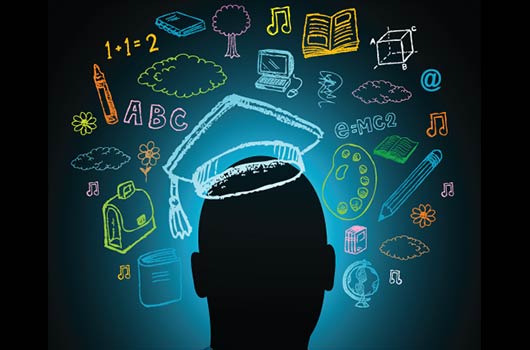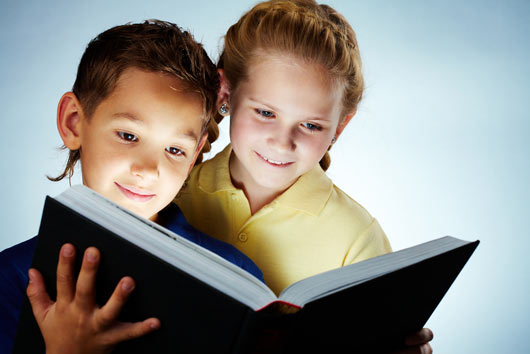Our kids are the losers when schools cut out arts programs. And yet, every time state budgets get tight and deficits grow, the “powers that be” are quick to sacrifice art, drama and music classes. And even if the budget crises pass, these classes and programs are rarely reinstated. A report released earlier this year by the Department of Education shows that in the 2009-2010 school year, the percentage of elementary schools with visual art classes had declined from 87% to 83%, and from 20% to just 4% for drama classes. The schools with the most drastic cuts are usually in the poorest districts.
Experts say the problem is that schools must comply with class size laws and need to focus on math and reading, as well as demonstrate high competency in state standardized tests in order to comply with No Child Left Behind and other mandates.
Do people really care about the arts, or realize their value? It’s not just about aesthetics or freedom of expression; it’s about identity. Young people are going through the process of discovering who they are, and they need these classes to help them process their thoughts, channel their creativity and express their ideas. If students spend all day learning math and reading, and then go home and do homework and watch TV, they will never have time to reflect on who they are and the things that are important to them.
Read Related: 7 Creative Gifts for Creative Kids
Studying the arts in primary and secondary school is not about becoming the next Pablo Picasso or Louis Armstrong—it’s about finding joy in being good at something. It’s about learning different ways to process information. It’s about expression. Just consider that these days, many large corporations have retreats and special classes where art, drama and music become the vehicles used to motivate their employees into thinking outside the box. That’s right, being a numbers person, a by-the-book businessman, does not have to be boring! Creative thinking can solve problems in the “real world”. Playing music can be relaxing, and can help students become better readers, more patient and dedicated to practicing and overcoming obstacles.
In this age of smart phones, video games, computers and social media, young people are finding less and less time to sit and perform manual tasks. There is no time to explore projects or to sit and reflect on how the process works, and make mistakes. Does red mixed with yellow make purple? What color is this? How do I make this puppet move? We’re a society that cares less about process and more about “gettin’ r done”. Learning to solve math problems is necessary, of course; but learning to create art is thrilling.
Education should be about the whole. Standardized testing and top-down laws that govern education need to be seriously revised. We need to put the humanities—with emphasis on human—back into our schools. We need to trust that art, drama and music will help turn our children into more well-rounded, creative adults who appreciate the world we live in. Otherwise, if all we are doing is graduating classes of perfect robots, we might as well trade in our children for computers.












